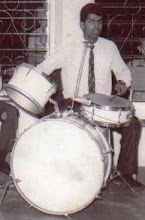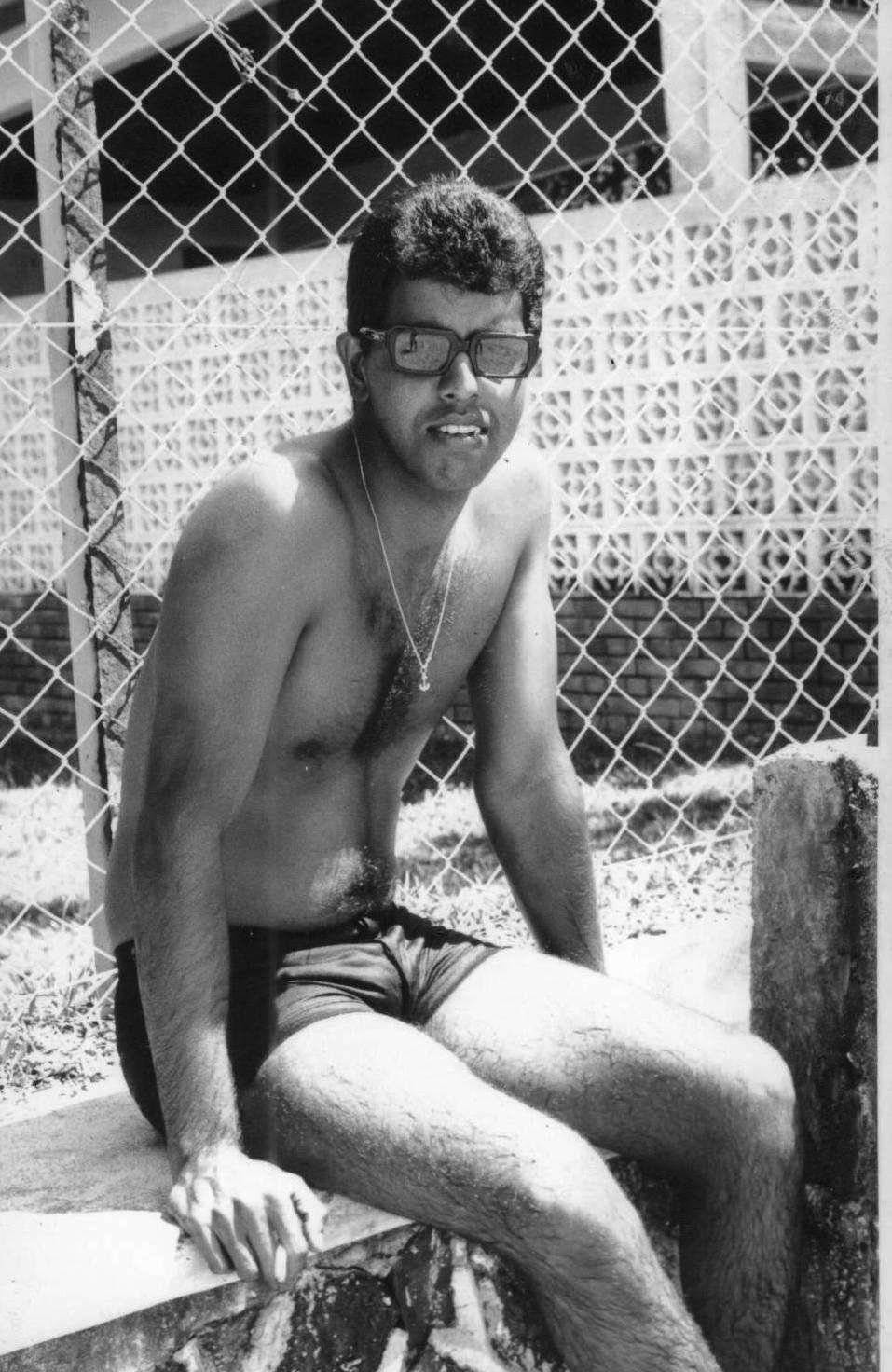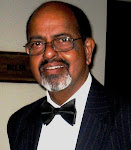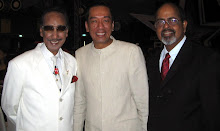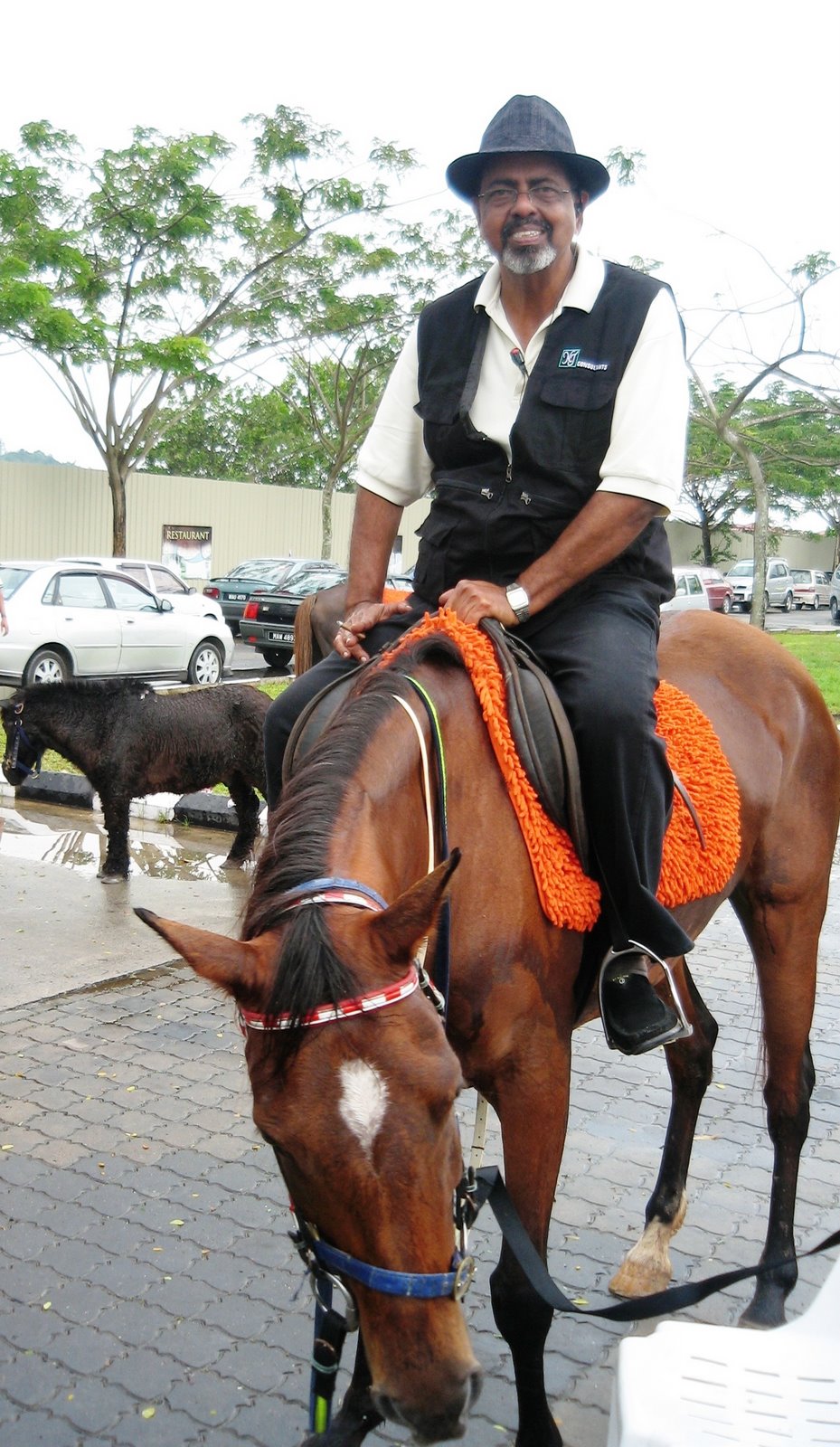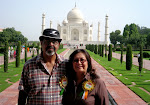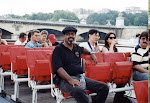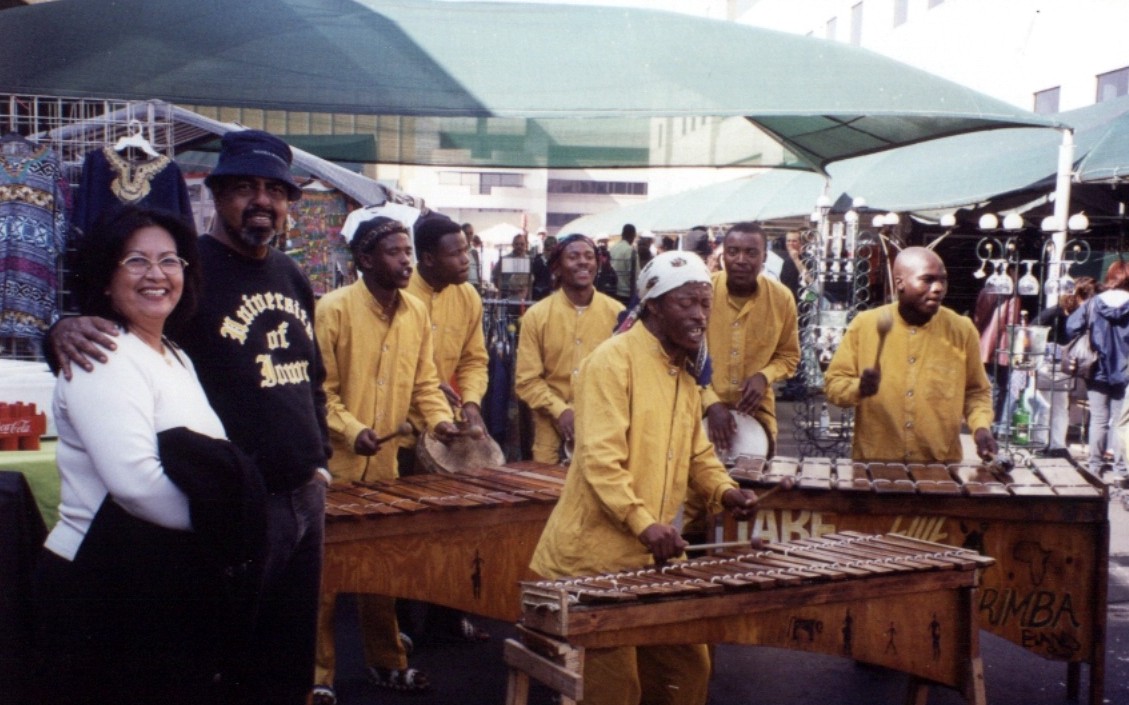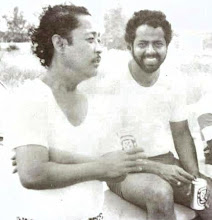
 Graves of British Servicemen in Sikamat, Seremban & Picture Above Shows the Much Feared Gurkhas from the 17th Gurkha Infantry Division on Patrol
Graves of British Servicemen in Sikamat, Seremban & Picture Above Shows the Much Feared Gurkhas from the 17th Gurkha Infantry Division on PatrolBy Joe Chelliah @ Johami Abdullah
Today, we enjoy a relatively safe and peaceful haven in Malaysia because of the many Malayans and non-Malayans who had laid down their lives for us. Among them were Malays, Chinese, Indians, Punjabis, Gurkhas, English, Scottish, Welsh, Aussies, New Zealanders (whites and Maoris) and Fijians. Memorials can be found in Malaysia today with the wording “To Our Glorious Dead” as a tribute to all these brave and valiant men.
Most Malaysians do not know much about the Emergency in Malaya and take the peace and prosperity we enjoy in Malaysia for granted. What little we know is obtained mainly through watching period movies like Sergeant Hassan or Bukit Kepong although written sources regarding the Emergency are easily available in the libraries and the internet.
The Malayan Communist Party (MCP), led by Chin Peng, formed the Malayan Races Liberation Army (MRLA), or the Malayan People's Liberation Army (MPLA). The MCP began a guerrilla campaign and targeted mainly British colonial resource industries in Malaya which at the time were mainly the tin mines and rubber plantations. Malayan civilians who were seen to be pro-British were also targeted and killed mercilessly irrespective of race.
The MCP members were termed communist terrorists (CTs) by the British. The British then assembled an assorted multi-national military force to combat the communist insurgency. Besides the local Malay Regiment and the Federation of Malaya Police force military forces from the various Commonwealth countries were also brought in.
At the start of the Emergency, the British had a total of 13 infantry battalions, comprising seven Gurkha battalions, three British battalions, two battalions of the Malay Regiment and a British Royal Artillery Regiment. This force was still considered too small to effectively combat the threat of the "communist terrorists" and therefore more infantry battalions were needed in Malaya. So the British brought in more British soldiers from units such as the Worcestershire Regiment, Royal Marines and King's African Rifles. Later on, additional Commonwealth troops from Fiji, Rhodesia, New Zealand and two regiments from Australia too were roped in to combat the communist menace.
Units such as the Royal Marines and the Gurkha Brigade drove MNLA guerrillas deeper into the jungle and denied them resources. The guerrillas extorted food from the aborigines and earned their enmity in return. Many aborigines also helped the security forces in the anti-terrorist effort as guides and trackers and in so doing many were also killed in the counter insurgency military operations. The MRLA never released any captured soldiers or policemen alive. The Gurkhas in return never captured prisoners and only brought back dead communist terrorists.
By the end the conflict up to a maximum of about 50,000 British and Commonwealth troops fought against a peak of about 8,000 communist guerrillas. About 650 Commonwealth troops died in the conflict together with about 4,000 Malayans of whom 2400 were civilians making it a total of 4650 Malayans. About 6700 communist terrorists were killed during the emergency.
**********
TOTAL FATALITIES DURING THE EMERGENCY
COMMONWEALTH FORCES
British Army - 340
British Commandos - 30
Royal Air Force - 76
Gurkhas - 169
Australian Army - 15
Royal Australian Air Force - 12
Royal New Zealand Air Force -5
TOTAL - 647
MALAYANS
Malayan Army - 128
Malayan Police - 1347
Malayan Civilians - 2473
TOTAL - 3948
GRAND TOTAL - 4595
** Note that civilian casualties were more than the security forces
______________________________________________
______________________________________________
COMMUNISTS
MCP / MPLA - 6707



